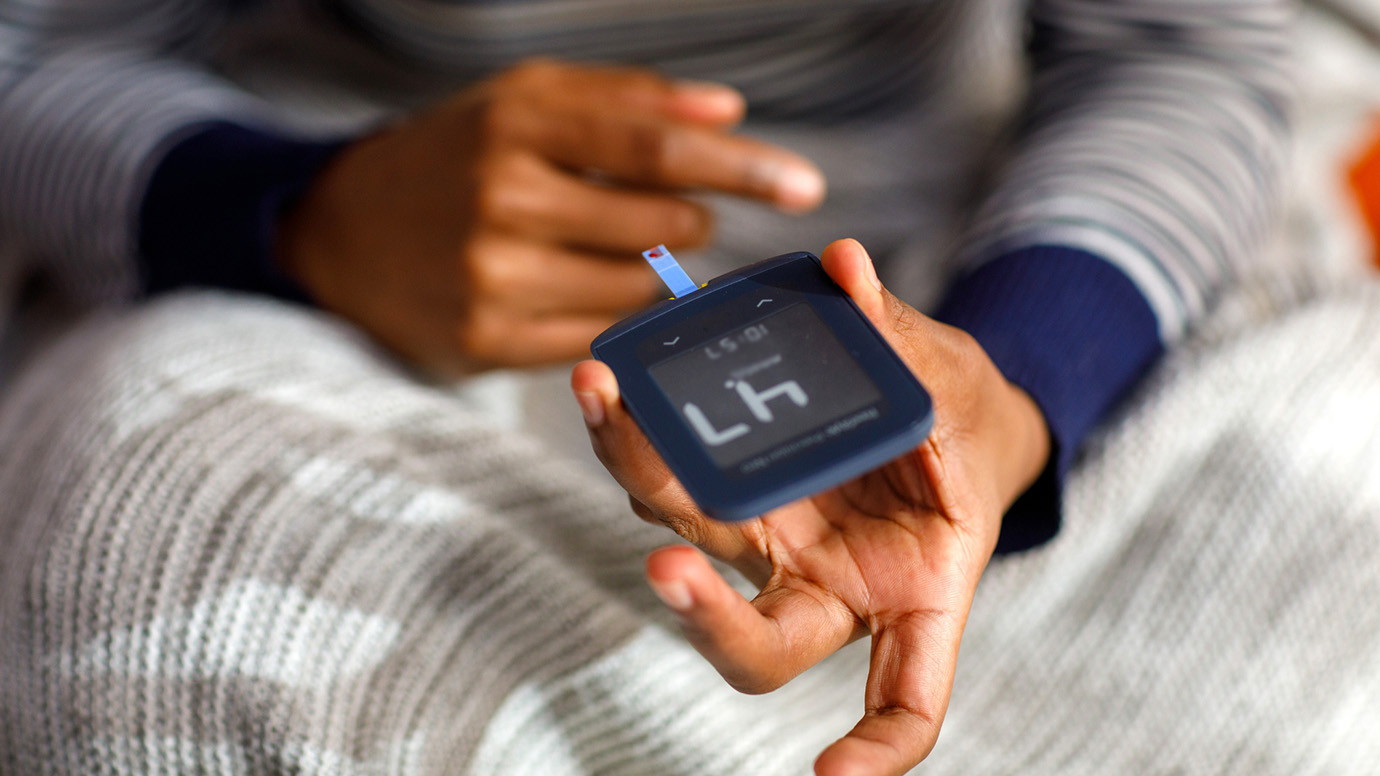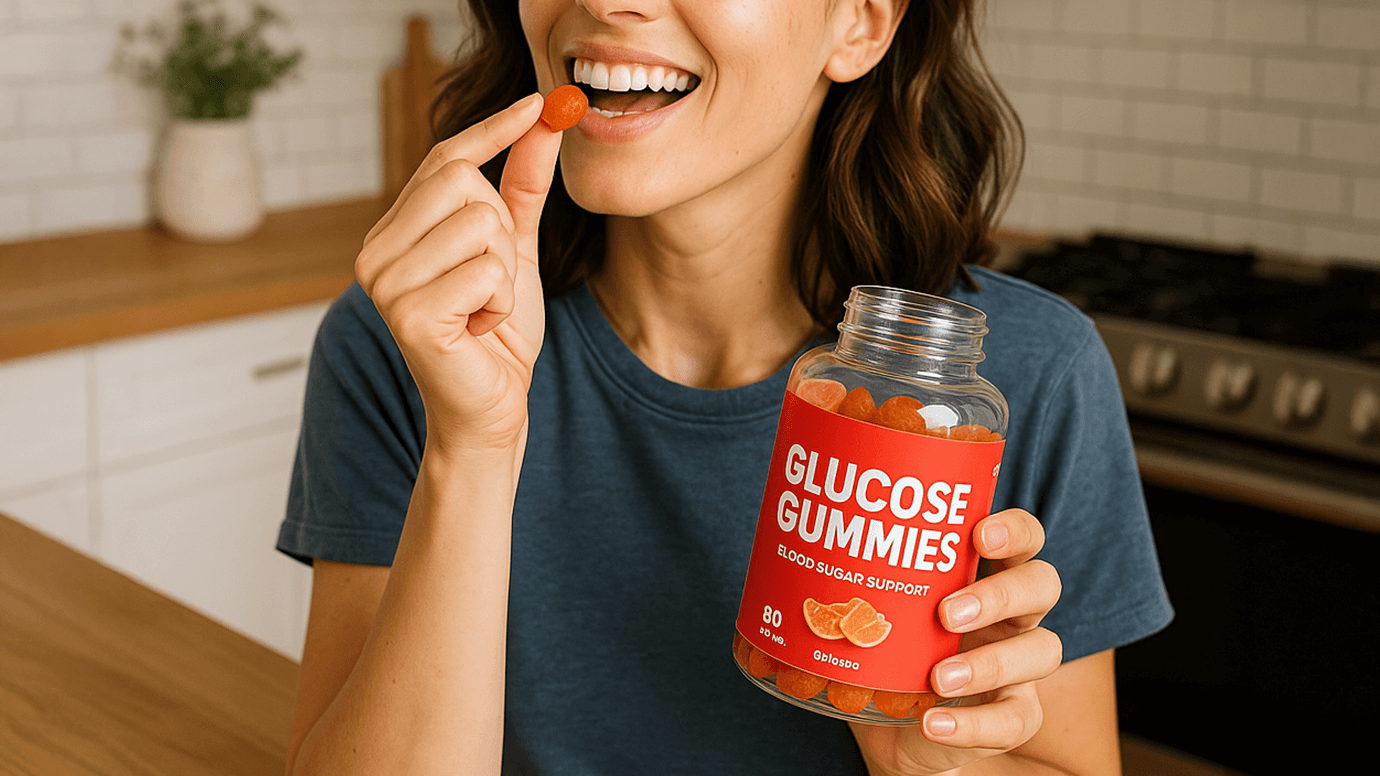An Interview with Susan Weiner: Newest Member of Science Advisory Council
Written by: Beyond Type 1 Editorial Team
5 minute read
November 26, 2018
Meet Susan Weiner, the newest member of the Beyond Type 1 Science Advisory Council!
Susan Weiner, (MS, RDN, CDE, FAADE) is the owner and clinical director of Susan Weiner Nutrition, PLLC. She has been elected to serve as a director, on the American Association of Diabetes Educators (AADE) board of directors, 2018-2020. Susan was named the 2015 AADE Diabetes Educator of the Year and is an AADE fellow. Susan is the “Diabetes in Real Life” column editor for Endocrine Today. She co-authored “The Complete Diabetes Organizer” and “Diabetes: 365 Tips for Living Well” Susan is a well-respected national and international lecturer on a variety of topics related to nutrition, diabetes and health. She earned her Master’s Degree in Applied Physiology and Nutrition from Columbia University.
When did you first become involved with Type 1 diabetes?
I’ve been a registered dietitian and a certified diabetes educator for close to 30 years. Ever since I can remember, I’ve had an interest in food, nutrition, health, wellness and sports. I enjoy collaborating with people of all ages and backgrounds, which is why I began my own private practice. It’s amazing to spend time with a person, really get to know them and work together as a team.
My mother is the youngest of ten children, and so in different factions of cousins and extended family, a couple of people that I grew up with did have type 1. In fact, a very special friend of mine that I swam with when I was only five years old was living with type 1. So going back many years, people around me had type 1 and I was always interested in how it was managed and stood by them. And in many cases, how they quietly managed the disease because it just wasn’t okay to be different in certain aspects, when I grew up. So, as my practice evolved and I had the amazing opportunity to fan my practice and I became a certified diabetes educator (CDE), I just became more and more involved in the type 1 community with everybody, including people who were recreational and competitive athletes—I combined everything together. And that branched out into me working not only with people with type 1 of all ages and with athletes, but also with their families and the people who loved them and supported them. I do not have type 1 myself, but people who I love very much—friends and family, colleagues and the like—have type 1.
How do you address some of the common misconceptions about diabetes and food?
So many people ask how to address the food police, especially around the holidays. We talk about the positivity of mindfulness and selecting healthy foods (and to consider lower carb options) with intention and savoring the flavor of the foods you choose to eat. Many people with diabetes have heard from a friend, family member, or co-worker who shares unsolicited advice and thoughts about what a person with diabetes should or shouldn’t be eating… And the first word of language I’d change in that is to take out the word “should.” We need to stop should-ing over ourselves and over the people that we speak with. Someone who has lived with type 1 diabetes is really the nutrition expert for themselves. But don’t forget that what might work for you may not be what is the best thing for someone else. And while your suggestions may sometimes be wonderful, they’re not always welcomed.
Are there any general guidelines that you have when working someone with diabetes?
My general practice guidelines are based on actively listening to the person with diabetes, and their concerns. I never use a pre-printed copy of anything. Everything that I do when I work with a person one-on-one or with their family, is individually developed for them, with them. And that may involve, in many circumstances, narrowing in on, let’s say two goals for that week. Maybe one of the goals is to cut back on carbs that they’re eating because that will help with blood glucose management. Hopefully that’s taking the place of less nutritious food. I try to introduce low carb vegetables and meal choices that they might a person might not have considered eating before. We discuss various ways a person could boost nutritional intake, in a tasty and delicious way! We focus on very individual, specific goals that will work for them.
Generally, my guidelines are lower carb, just across the board. I don’t like to generalize—I’m very into savoring the flavors of what you eat, that work for you on your schedule. I work with some people who could be police officers on overnight shifts or even people who are in the entertainment industry. That’s different than someone who is a young parent, or a single parent who’s taking care of their kid. They’re on different schedules with different needs. I think the key from a provider is to be very, very nonjudgmental in your approach and with your language when you’re talking about nutrition.
Can you tell me about some of the biggest changes you’ve seen in Type 1 diabetes over the years?
There is a power differential for a lot of people when they come in to see a provider, especially if the provider starts to just overwhelm with information from a nutrition and lifestyle perspective. When you are diagnosed with type 1 diabetes, there is some information that’s thrown at you at the beginning, including taking insulin. There is so much to learn and do upon diagnosis. It’s overwhelming, and it’s important that we as health care providers improve our listening skills, recognize learning needs (including health numeracy and literacy issues) and work together as a team. We need to meet people with diabetes where they are. And that doesn’t just mean meet them where they are geographically or on their schedule. It means meet them where they are on their diabetes journey and where they are in terms of being able to change. They may be able to adapt in certain places quicker than others. We work together as a team in goal-setting and beyond.
I think that language is incredibly important. I typically don’t refer to someone as a “type 1” or refer to them as a type 1 diabetic. Instead, I say person with type 1 diabetes. I don’t use control in terms of A1C of blood glucose—I use target or glycemic range. Body language is important. When I’m face-to-face with someone and they realize that I use a nonjudgmental approach, they may tell me something that I know is not great for them and they know it’s not great for them, but I try not to react with negative body language. This opens us up for further discussion, and usually leads to positive outcomes and change.
The technology is moving so fast, I try to keep up. AADE just launched DANA, which is their technology site. It’s a great way to keep up with all these products apps and other information that’s coming through. Those are the biggest changes I’ve seen.
Tell me about your decision to join our advisory board
I adore everything Beyond Type 1 stands for. I love the person-centric, empowering approach, I am proud of everything that Beyond Type 1 does. I just was honored to be asked.
What are you excited about for the future in Type 1 diabetes?
In the future, I continue to hope and pray for a cure for type 1 diabetes. I would be absolutely thrilled to say that I had worked with so many amazing people and then there was a cure. Technology-wise, I stay as current and as on top of it as I can and I’m just so fascinated by the artificial pancreas and the closed loop systems and I love learning about all the different iterations. The other thing that I’m working on is population health. A lot of what I speak on, a lot of what I’ve co-authored, a lot of what I do is around the missed diagnosis. It is never acceptable to be misdiagnosed or delayed diagnosed with type 1 diabetes due to symptom unawareness.
What do you think are some of the ways that we can help combat missed diagnoses or educate the public more?
I am supporting efforts wherever I can, through telling people about Beyond Type 1 materials as well as other grassroots organizations to get it into schools, community centers, physicians’ offices. Anywhere I see these opportunities, I lend my voice to it. It’s about alerting the public to this life saving information. Everyone, everywhere, must be aware of the signs and symptoms of type 1 diabetes. Anything less is simply unacceptable.
How do we spread awareness to a wider audience than just the Type 1 diabetes community?
We need to reach outside of the diabetes community when it comes to symptom awareness. It needs to go to pediatricians’ offices that may not often see children with type 1 diabetes and miss the diagnosis, which is obviously life-threatening. It needs to go to community centers, parents who may not know about it, it needs to go to PTA meetings. It needs to be on a TV commercial and profiled on the news. The people who are most passionate about missed or delayed diagnosis are the people that have gone through it or have had loss from it, but the people who need to know about it are the people that don’t know the symptoms or are not putting it together. It is never acceptable for a life to be lost due to symptom unawareness.

Author
Beyond Type 1 Editorial Team
This piece was authored collaboratively by the Beyond Type 1 Editorial Team. Members of that team include Editorial Manager Todd Boudreaux, Program Manager Mariana Gómez, Director of Brand Communications Dana Howe and Editorial Associate Jordan Dakin.
Related Resources

If you have diabetes, you know insulin affects low blood sugar (hypoglycemia), but it’s not...
Read more

Living with diabetes, you know that low blood sugar can be dangerous and needs quick...
Read more

At just 17, Collin Lloyd is making a name for himself in karting—on and off...
Read more

